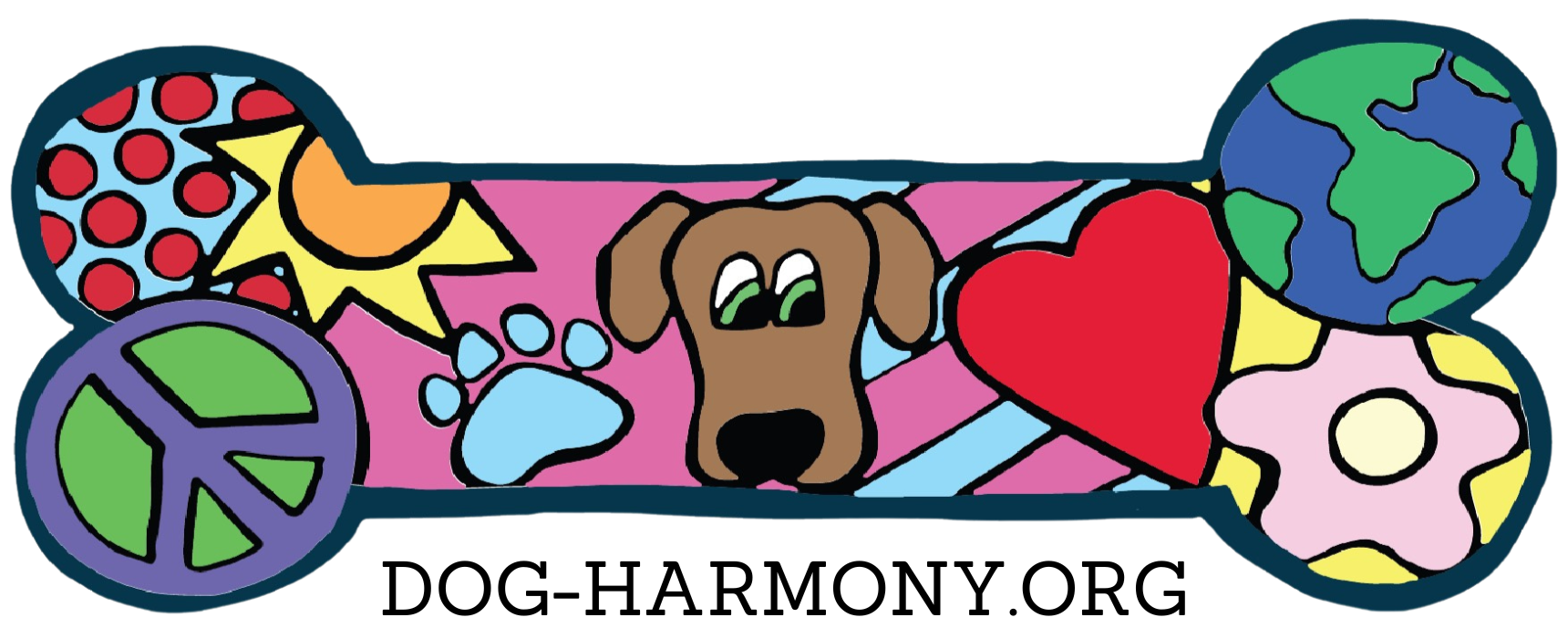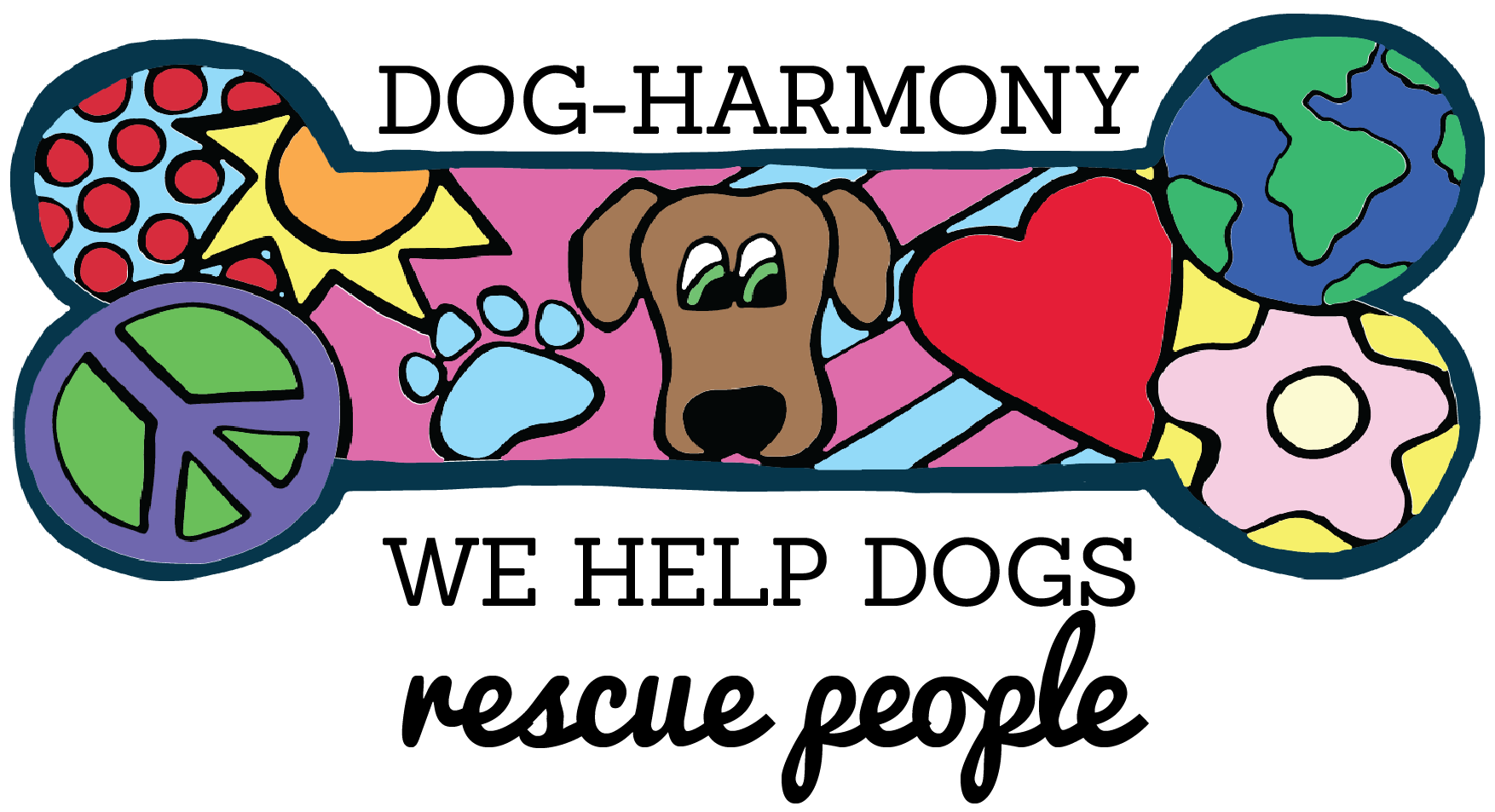Paw Print Press
At Dog-Harmony, we believe the key to a joyful and fulfilling bond with your furry friend lies in embracing a positive lifestyle together. It’s all about creating a rhythm of happiness where both you and your dog thrive.


Paw Print Press Newsletter
Engage in activities that stimulate both mind and body, celebrate the little victories, and cherish the simple moments of togetherness.
Our helpful articles, delightful Pupcasts, and educational resources will give you the info you might not be able to find anywhere else.
With the Paw Print Press, you’re not just living; you’re savoring every wag, every snuggle, and every joyful leap as a testament to a life well-lived with your best friend.
